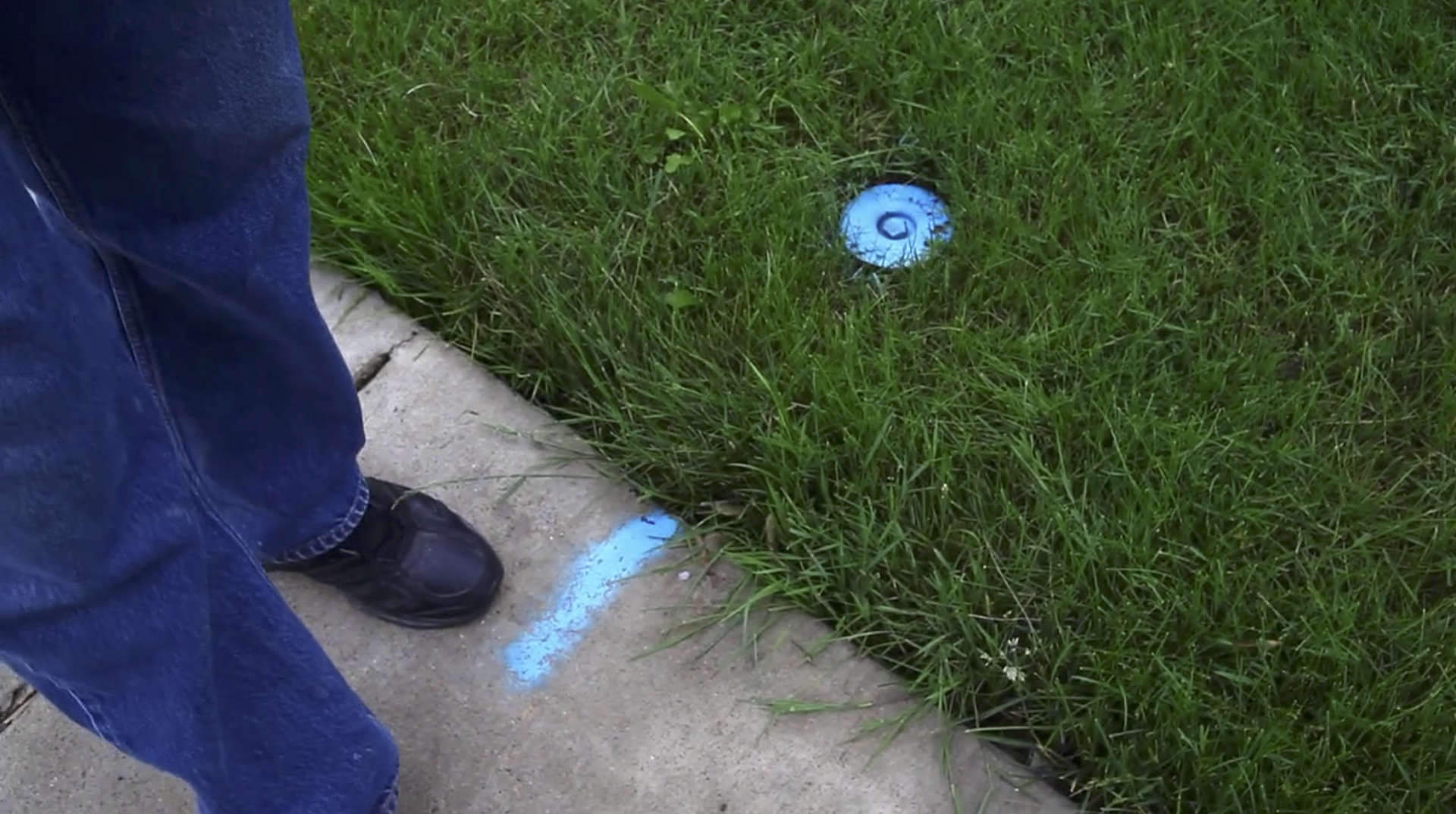Bill Wiley-Kellerman, Where the Water Goes Around: Beloved Detroit (Detroit, 2017).
Brian Doucet, “Introduction: Why Detroit Matters,” in Why Detroit Matters: Decline, Renewal, and Hope in a Divided City, ed. Brian Doucet (Bristol University Press, 2017), 1–29.
Tiya Miles, The Dawn of Detroit: A Chronicle of Slavery and Freedom in the City of the Straits (New York: New Press, 2017).
Audrey Sheehy, “The Rise of the Far Right,” Harvard Political Review, February 11, 2017, ➝.
Shawna J. Lee, Amy Krings, Sara Rose, Krista Dover, Jessica Ayoub, and Fatima Salman, “Racial inequality and the implementation of emergency management laws in economically distressed urban areas,” Children and Youth Services Review 70 (2016): 1–7.
Virginia Gordan, “Lawsuit: State’s emergency manager law discriminates against black communities,” Michigan Radio NPR, December 6, 2017, ➝.
Wallace Turbeville, “Lessons From the Detroit Bankruptcy,” Demos, July 16, 2014, ➝.
Rachel Maddow, “Benton Harbor emergency manager wants you off the lawn,” The Rachel Maddow Show/The Maddow Blog, August 22, 2013, ➝.
Chris Savage, “The Scandal of Michigan’s Emergency Managers,” The Nation, February 15, 2012, ➝.
Jamie Peck and Heather Whiteside, “Financializing Detroit,” Economic Geography 92: 247.
Paul Abowd, “Michigan’s Hostile Takeover,” Mother Jones, February 15, 2012, ➝.
Mike Wilkinson, “Segregation then and now: Metro Detroit,” Bridge, December 6, 2016, ➝.
“City Versus Suburb A Long-Standing Divide In Detroit,” NPR, March 9, 2014, ➝.
Paige Williams, “Drop Dead, Detroit,” The New Yorker, January 19, 2014, ➝.
Khalil AlHajal, “Detroit EM’s office says ‘dumb, lazy’ happy and rich’ comment was about past leaders, not residents,” MLive, August 4, 2013, ➝.
Jeff T. Wattrick, “Despite remembrances, Judge John Feikens’ legacy is clouded by water system oversight,” MLive, May 17, 2011, ➝.
Chad Halcom, “Federal oversight of Detroit water department ends after nearly 36 years,” Crain’s Detroit, March 27, 2013, ➝.
“In Detroit, city-backed water shut-offs ‘contrary to human rights,’ say UN experts,” UN News, October 20, 2014, ➝.
Eli Day, “Thousands of Poor Detroiters Are About to Get Their Water Cut Off,” Mother Jones, April 19, 2018, ➝.
Heather Smith, “Four things you should know about Detroit’s water crisis,” Grist, July 17, 2014, ➝.
Day, “Thousands of Poor Detroiters Are About to Get Their Water Cut Off.”
Shea Howell, Michael Doan, and Ami Harbin, “Detroit to Flint and Back Again: Solidarity Forever,” Critical Sociology 45, no. 1 (2017): 63–83.
Lisa Lambert, “U.S. bankruptcy judge allows Detroit water shutoffs to continue,” Reuters, September 29, 2014, ➝.
Khalil AlHajal, “Detroit mayor given control over water department amid shutoff controversy,” MLive, July 29, 2014, ➝.
Breana Noble and Christine Ferretti, “Detroit could be losing out on millions under water system lease,” The Detroit News, January 14, 2019, ➝.
Noble and Ferretti, “Detroit could be losing out on millions under water system lease.”
“Remembering Charity Hicks,” On the Commons, July 22, 2014, ➝.
Maude Barlow, “Everyone in Detroit Should Have Access To Clean Water,” The Huffington Post via Common Dreams, October 20, 2014, ➝.
Candice Williams, “Trial dismissed against ‘Homrich 9’ water protestors,” The Detroit News, June 21, 2017, ➝.
Ibid.
Ibid.
Maureen Taylor, “When Cities Shut the Water Off,” Truthout, March 31, 2019, ➝.
Jessica Glenza and Oliver Milman, “In Schools All Over the Country, America’s Kids Are Exposed to Water Tainted by Toxic Lead,” Mother Jones, March 11, 2019, ➝.
David Eggert, “Whitmer budget would direct $180 million more toward drinking water,” Crain’s Detroit, March 23, 2019, ➝.
Bart Eddy, “Makerspaces: Building Community and 21st-Century Skills in Detroit,” Education Week, April 12, 2018, ➝.
We the People of Detroit Research Collective, Mapping the Water Crisis (2016), ➝.
Joann Muller, “Detroit Must Shrink to Grow,” Forbes, October 21, 2010, ➝.
We the People of Detroit Research Collective, Mapping the Water Crisis.
Eric Campbell, “Stop the Water Shutoffs! Epidemic disease data withheld from community,” Riverwise 8 (Fall/Winter 2018): 5–6.
Joel Kurth, “Detroit is billing residents for rain. It’s going as well as you’d think,” Bridge Magazine, March 4, 2019, ➝.
“Michigan senators fight for clean, affordable water,” Stephanie Chang: State Senator, 2019, ➝.
John Powell, “Open Letter on Detroit Water Shutoffs,” Haas Institute, ➝.
Noble and Ferretti, “Detroit could be losing out on millions under water system lease.”
Noble and Ferretti, “Detroit could be losing out on millions under water system lease.”
Scott Kurashige, The Fifty-Year Rebellion: How the U.S. Political Crisis Began in Detroit (Oakland: University of California Press, 2017), 119.
Ibid.
